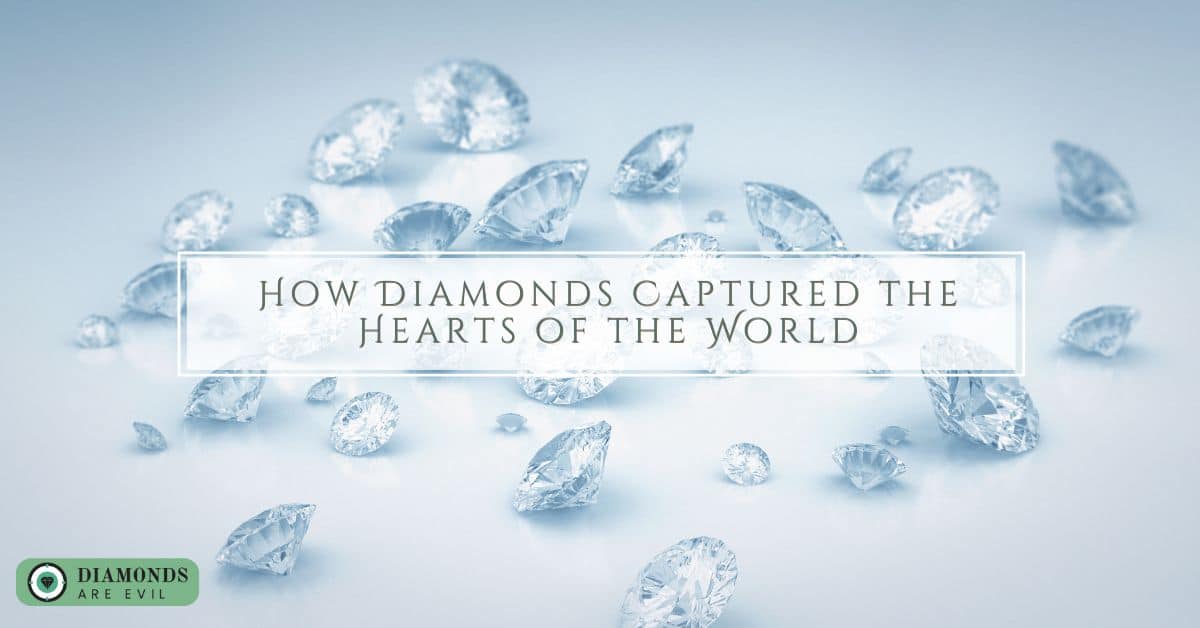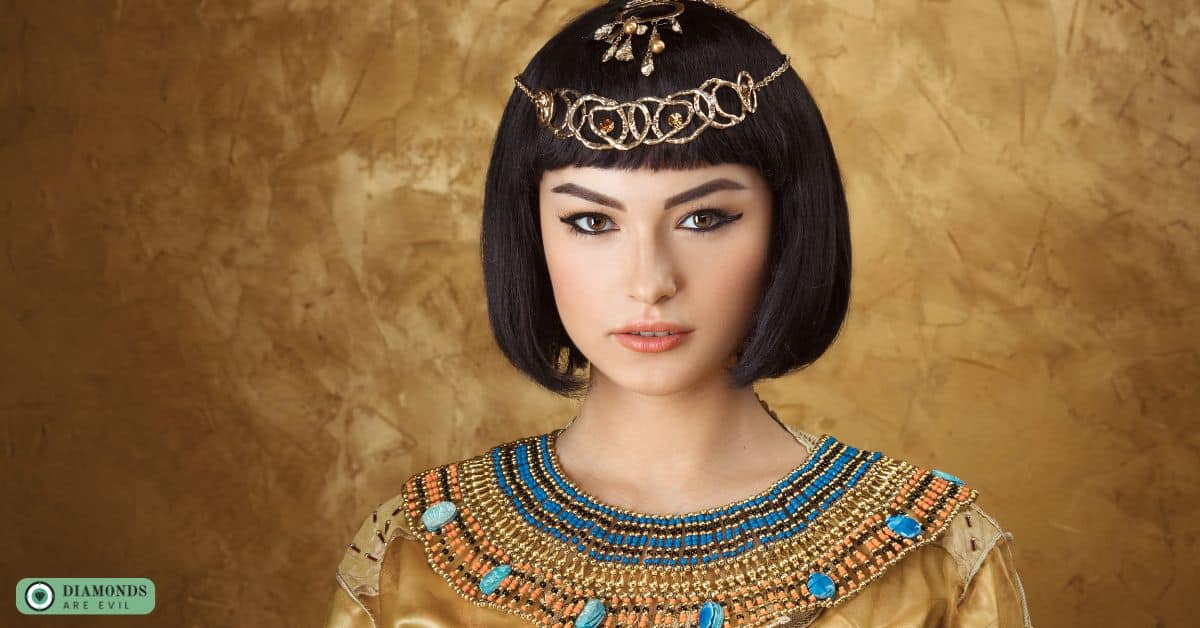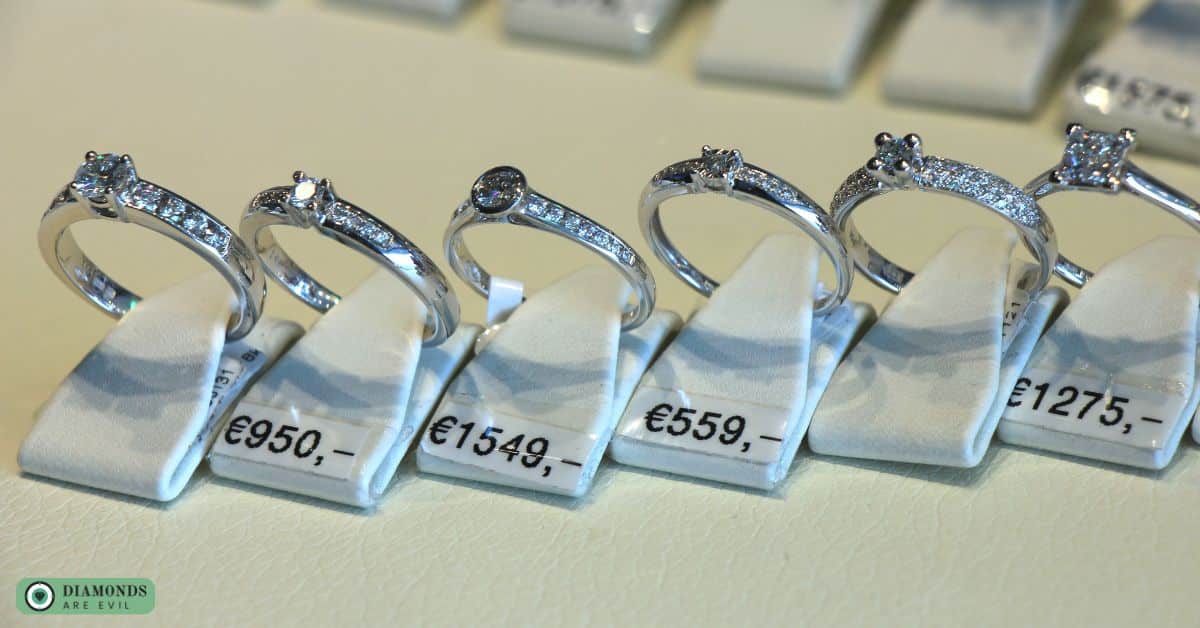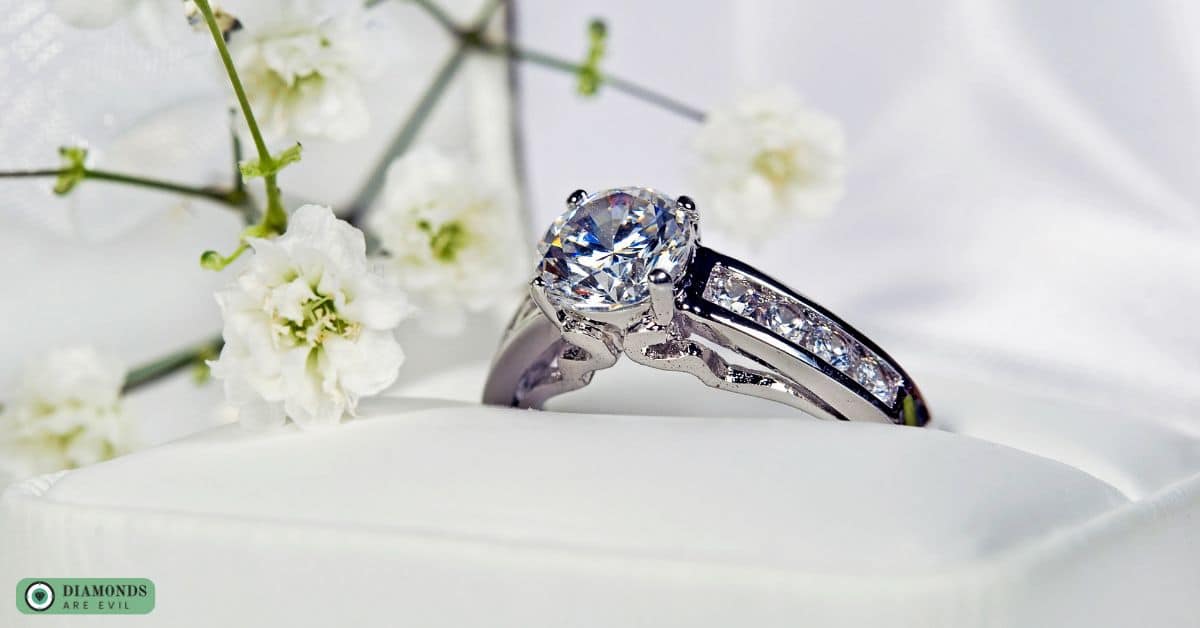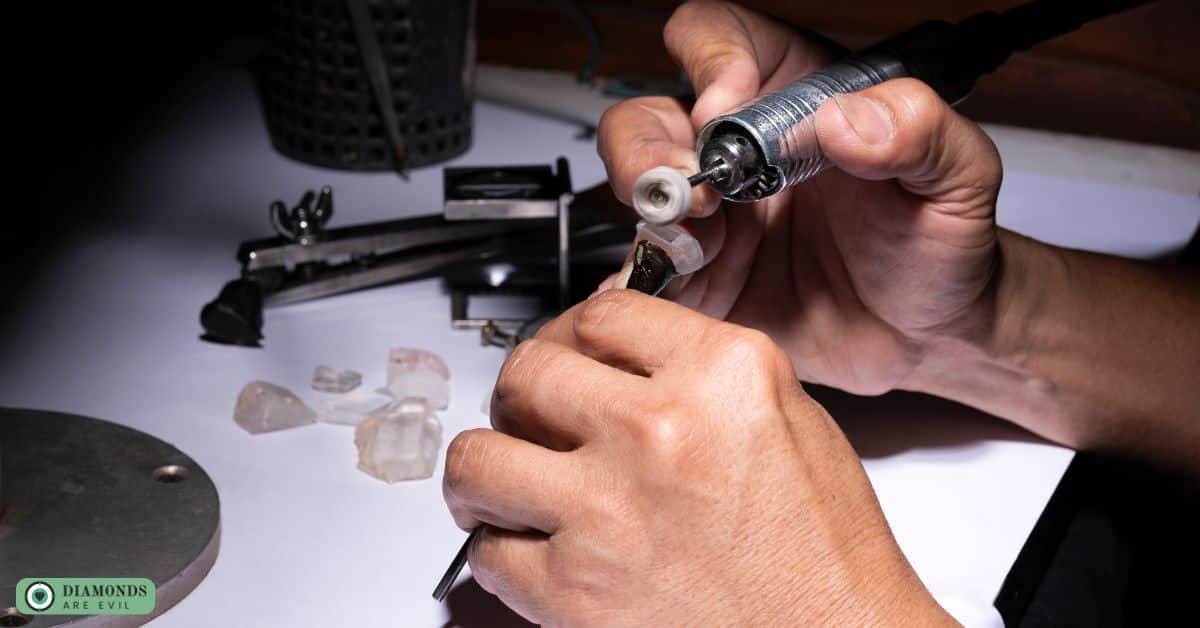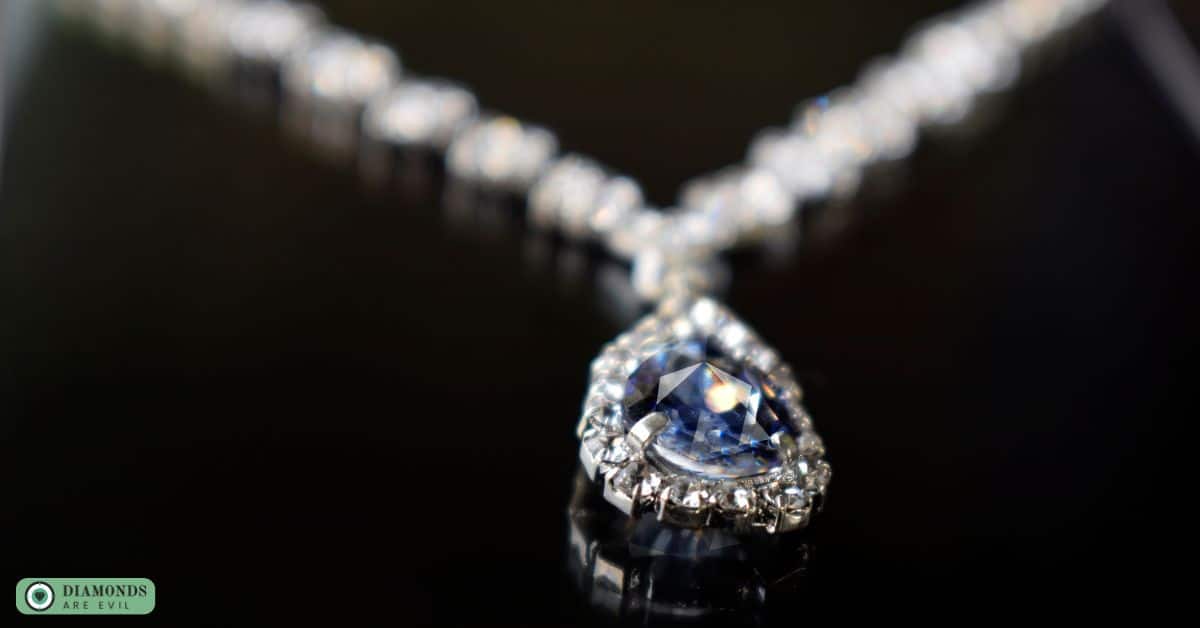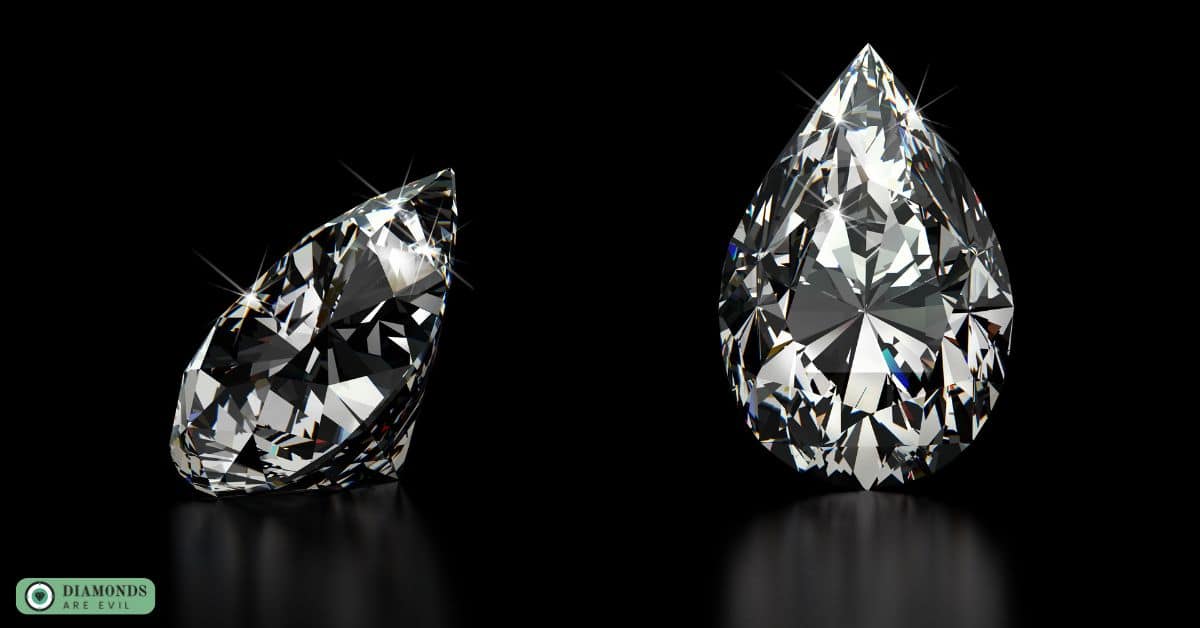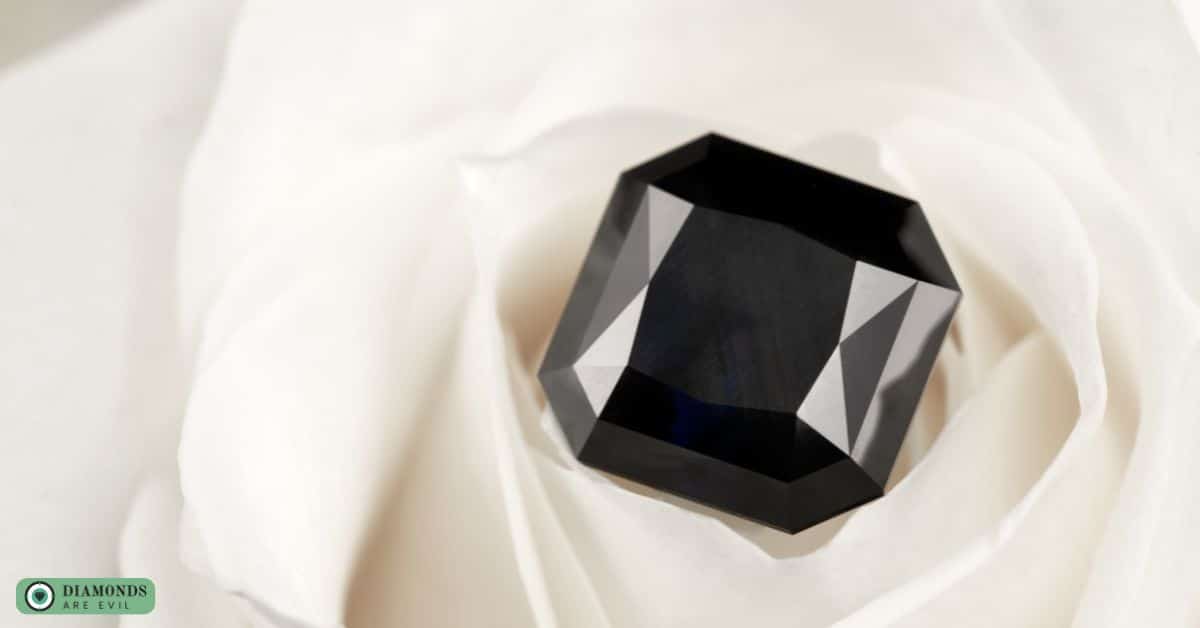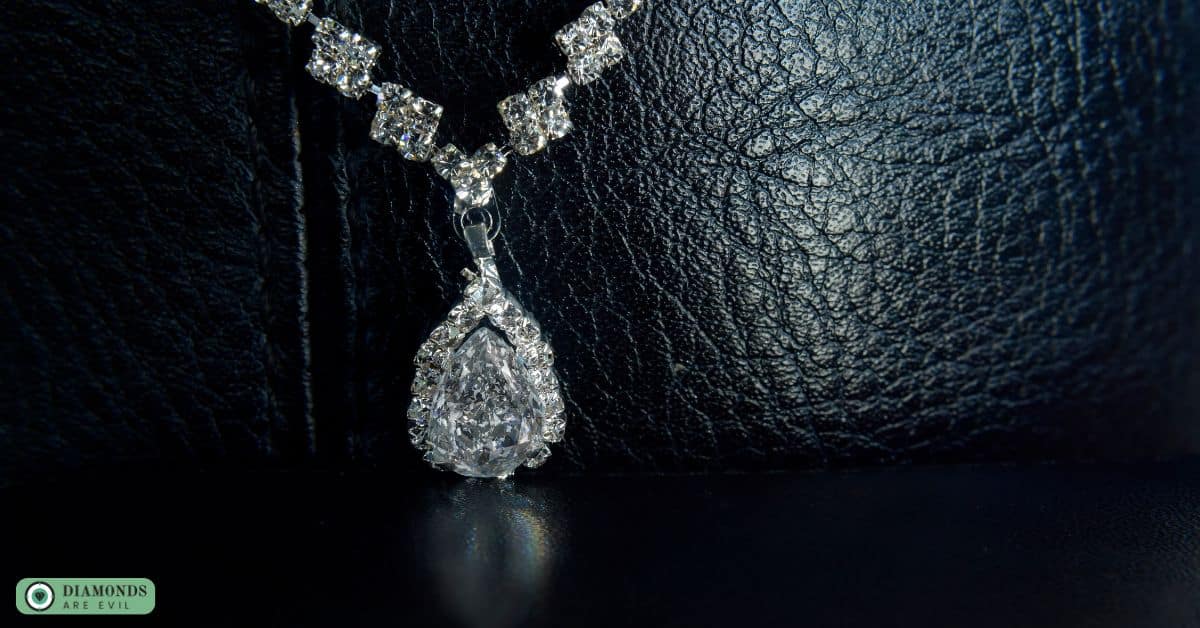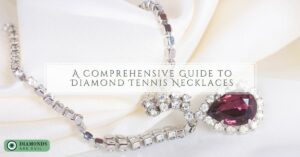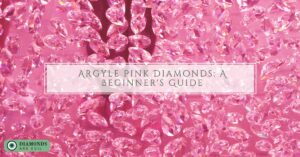Diamonds have been popular for centuries due to their natural beauty, rarity, and durability. The De Beers diamond company played a major role in creating the modern diamond market, and today, diamonds are still highly sought-after for their symbolism of love, wealth, and status.
In this blog post, we will explore the history of diamond mining, the science behind its beauty, the changing landscape of the diamond industry, and the iconic moments and controversies that have made diamonds such a sought-after gem. So strap in – it’s time to discover why diamonds have captured the hearts of people across the globe!
A Brief History of Diamond Mining and Trade
Diamonds have always been symbols of luxury and wealth, adorning the fingers, necks, and ears of those fortunate enough to afford them. But the path from the mine to the market has been long and storied, filled with tales of adventure, exploitation, and political intrigue.
Diamond mining dates back thousands of years, with early civilizations such as the Egyptians and Greeks using precious gemstones for ceremonial purposes. However, it wasn’t until the discovery of diamonds in South Africa in the late 19th century that the diamond trade became a major global industry.
From colonial exploitation to labor rights activists, the diamond industry has been marked by controversies and struggles. Today, diamond mining and trade remain a significant economic force, with each diamond containing a fascinating and complex history.
The Evolution of Diamond Engagement Rings
Diamond engagement rings have gone through an evolution over time.
In ancient Rome, couples exchanged simple iron bands to signify their engagement. Precious metals and gemstones, such as birthstones, were used in engagement rings in the Middle Ages.
Diamonds became popular in the late 19th century after a massive diamond deposit was discovered in South Africa, and the De Beers diamond company launched a successful marketing campaign in the 1940s.
Over time, diamond engagement rings have continued to evolve in style and design, with a wide variety of options available today. There has also been a trend towards lab-grown diamonds, which offer a more ethical and sustainable alternative to traditional mined diamonds.
Ultimately, the evolution of diamond engagement rings reflects changes in cultural values and societal norms over time. While the tradition may continue to evolve, diamonds will remain a timeless symbol of love and commitment.
The Science Behind Diamond’s Beauty
Diamonds have long been sought after for their stunning beauty and incredible durability, but what makes them so captivating to the eye? The answer lies in the science behind their crystalline structure.
Diamonds are formed deep within the Earth’s mantle under intense heat and pressure that causes their carbon atoms to bond in a perfectly symmetrical arrangement. This arrangement allows light to pass through the diamond and refract, or bend.
In a way that creates a brilliance and fire that simply cannot be replicated by any other gemstone. It’s this unique molecular makeup that gives diamonds their timeless appeal and undeniable allure, making them the ultimate symbol of love and commitment.
The Changing Landscape of the Diamond Industry
Over the years, the diamond industry has undergone a significant shift in the way it operates. Consumers have become more interested in the ethical and sustainable practices of diamond mining.
Resulting in a proliferation of lab-grown diamonds that reduce the environmental impact of traditional mining. Additionally, the emergence of online marketplaces has disrupted the traditional brick-and-mortar sales models, giving consumers more options and driving down prices.
Meanwhile, technological advancements in diamond cutting and polishing have enabled manufacturers to create more intricate and unique designs, further driving consumer interest. With the changing landscape of the diamond industry, it will be fascinating to see how manufacturers adapt to these new challenges and opportunities in the years to come.
The Growing Demand for Industrial and Technological Applications of Diamonds
While diamonds are often associated with luxury and jewelry, they also have a wide range of industrial and technological applications. The unique properties of diamonds, including their extreme hardness, thermal conductivity, and optical properties, make them ideal for a variety of uses.
Diamonds are used in a variety of industrial and technological applications due to their unique properties. Some of the most common applications of diamonds in industry and technology include:
Cutting and Grinding
Diamonds are the hardest naturally occurring substance, which makes them ideal for cutting and grinding tools. Diamond blades are used in construction and manufacturing to cut through tough materials like concrete, while diamond grinding wheels are used to shape and polish a wide range of materials.
Electronics
Diamond films are used as a coating on semiconductor materials to improve their thermal conductivity and reduce heat buildup. This improves the performance and longevity of electronic devices such as smartphones, computers, and LED lighting.
Quantum Computing
Diamonds can be used as a platform for quantum computing because of their unique optical and electronic properties, which make them suitable for storing and transmitting quantum information.
Aerospace and Automotive
Diamond coatings are used in engine components to increase wear resistance and reduce friction, leading to increased efficiency and durability in aerospace and automotive applications.
Iconic Moments and Controversies Surrounding the World’s Most Famous Gems
Throughout history, there have been many iconic moments and controversies surrounding some of the world’s most famous gems. Here are a few notable examples:
The Hope Diamond
This blue diamond is one of the most famous gems in the world and has a reputation for being cursed. It is said to have been stolen from an Indian temple and was eventually acquired by King Louis XIV of France. Over the years, it has been owned by a number of wealthy individuals.
Including American heiress Evalyn Walsh McLean, who famously wore it to parties and even let her dog wear it as a collar. Today, the Hope Diamond is on display at the Smithsonian National Museum of Natural History.
The Koh-i-Noor Diamond
This diamond has a long and controversial history, having been passed down through various rulers and empires. It was eventually acquired by the British East India Company and presented to Queen Victoria in 1850. It is now part of the British Crown Jewels, but there have been ongoing debates about whether it should be returned to India.
The Cullinan Diamond
This diamond is the largest rough diamond ever found, weighing in at over 3,100 carats. It was discovered in South Africa in 1905 and was eventually cut into several smaller diamonds, including the Great Star of Africa, which is now part of the British Crown Jewels.
The Black Orlov Diamond
This diamond, also known as the Eye of Brahma, is said to have been stolen from a Hindu temple and has a reputation for bringing bad luck to its owners.
It was eventually acquired by a Russian prince, who had it cut into several smaller diamonds. The diamond has changed hands many times over the years, and there have been rumors that it was involved in a number of deaths and tragedies.
The Taylor-Burton Diamond
This diamond was a gift from Richard Burton to Elizabeth Taylor in 1969. It was originally set in a ring, but Taylor had it redesigned into a necklace. The diamond was eventually sold to pay for Taylor’s charitable foundation.
These are just a few examples of the many iconic moments and controversies surrounding the world’s most famous gems. Despite their beauty and value, these gems have often been the subject of greed, theft, and controversy throughout history.
In conclusion
The diamond industry has definitely come a long way over the years, from its early origins in ancient India and Africa to its modern-day role as a symbol of luxury and love. Diamonds have been sought after for their beauty and durability for centuries, but today’s diamonds come with an additional layer of moral responsibility that was not present in previous eras.
From lab-grown diamonds to diamond-coated sensors and quantum computing applications, diamonds have myriad uses beyond adornment. But despite their many technological and industrial uses, diamonds will always remain a timeless symbol of love and commitment. Whether it’s an engagement ring given in marriage or a simple act of self-care, diamonds will always be a timeless source of beauty and inspiration.

